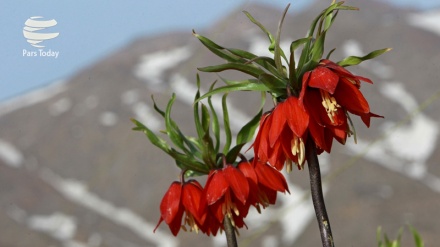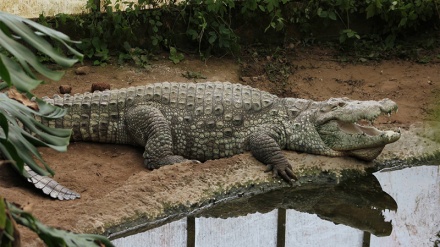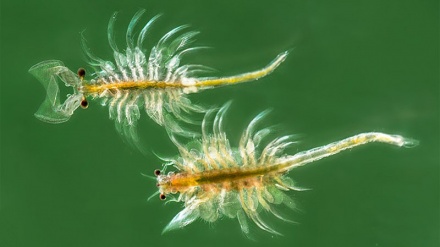Iran’s rare animal and plant species (2)
One of the rare animal species in Iran is the Persian leopard, which is one of the largest and best known kinds of leopards and feline species across the globe.
Leopards maintain large, muscular, and flexible bodies, and wide and stretched heads. They have powerful and sharp claws, long tails, and small and round ears. Their bodies are covered with soft, short, and creamy-colored hairs, which fade in color within the lower parts of leopards’ body. Their bodies are also covered with hollow and large spots. Meanwhile, the interesting point is that each leopard maintains a unique set of spots on its body and/or face. In fact, one of the approaches for identification and recognition of different tigers within nature is via consideration of the related leopard’s spots. The spots on jaws, surrounding their whiskers, foreheads, beneath their eyes and on their abdomens are used for identification of leopards. This is also the best and most effective way for estimation of the population of leopards in nature.
Leopards are silent animals, which live in hiding. They can easily go undetected. Meanwhile, the studies which have been carried out in Iran show that Persian leopards feed on a variety of animals, while usually preferring goats. These animals maintain a high tolerance for thirst, and have been observed to attend troughs for drinking water once every ten days.
Leopards are among animals which protect their territory. The territory of leopards covers an area of five to fifty square kilometers under ordinary conditions. But, its territory can extend even further. Generally speaking, the size of leopards’ territory is tied to a number of factors such as gender, age, abundance or rarity of prey, and presence or absence of major hunters. Leopards mark their territories by a variety of approaches and permanently safeguard their territories. Such markings take place via a variety of means such as visual and audio markings. The visual marking of territory takes place in a number of forms such as embankment of soil, defecation, or scratch of tree barks by them. Meanwhile, roaring is categorized as an audio marking of territory, which warns other leopards against embarking into the related leopard’s territory.
Iran is the most important habitat of Persian leopards in the Middle East. Persian leopards live in all of their existing habitats in Iran; from the altitudes of Alborz and Zagros Mountain Ranges, deserts and forested regions, to the altitudes of Persian Gulf and Sea of Oman regions. In other words, Persian leopards can live wherever there is sufficient food; with the exception of Iran’s central deserts. The large-scale presence of Persian leopards in a variety of habitats shows their high ability to adapt. Meanwhile, Persian leopards can also live in regions with chilly climates over a long period of time.
Studies show that Persian leopards have a short mating period. In a national park in North Khorasan Province in northeast Iran, the mating period of Persian leopards begins in mid-January until the end of that month. In another region in Sistan-Baluchestan region mating season starts mid-February. In this phase in time, the movement of Persian leopards is more than ever, and they mark their territories more than any other period in time. The leopard cubs are usually born in April, after the 96-day pregnancy of female leopards. Usually, one to three leopard cubs are born in every birth delivery.
Persian leopards are one of the most popular leopard species in the world. Although Persian leopards are among the best known feline and even mammal species of Iran, they should be further protected in order to save them against any possible threats.
MR/ME


